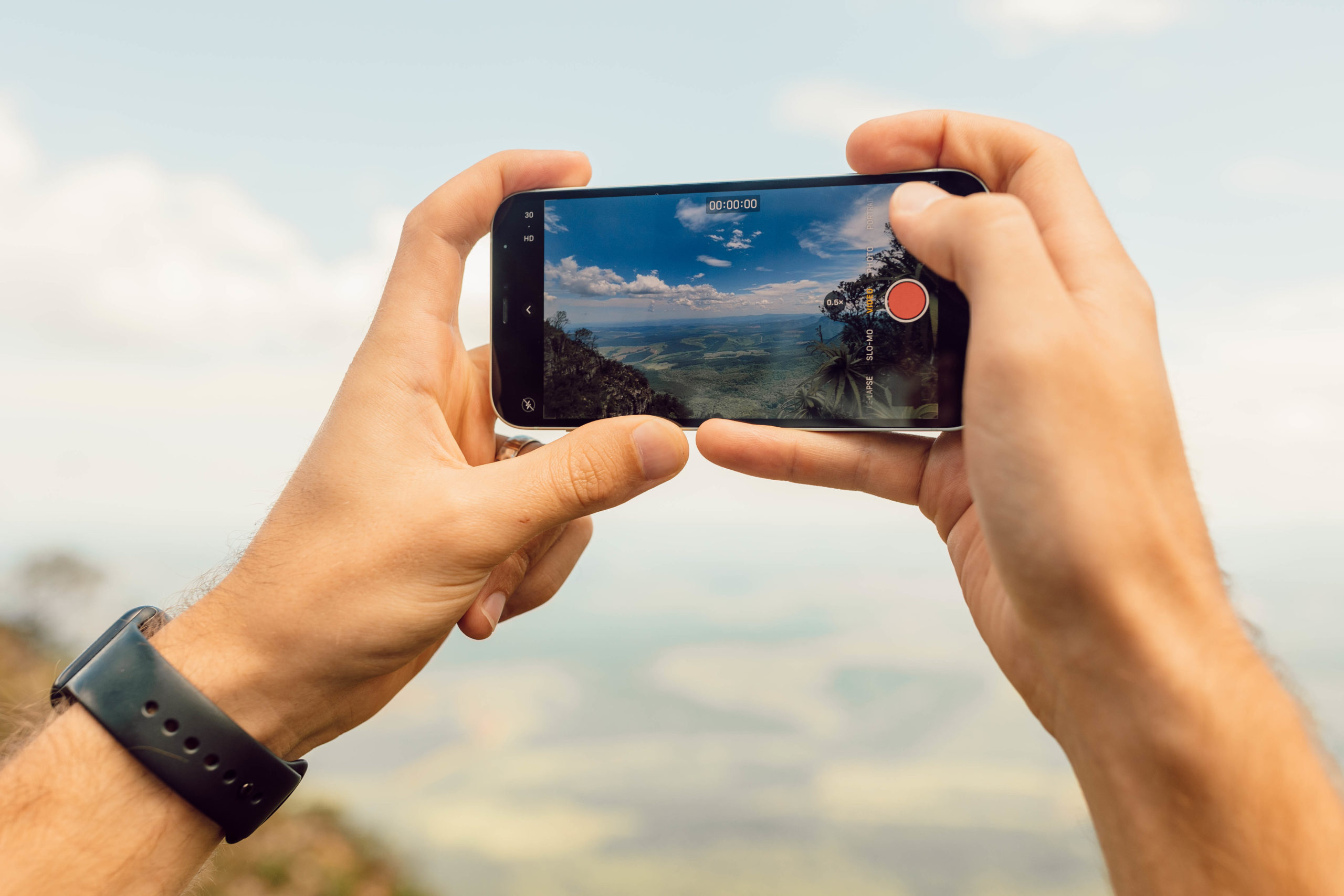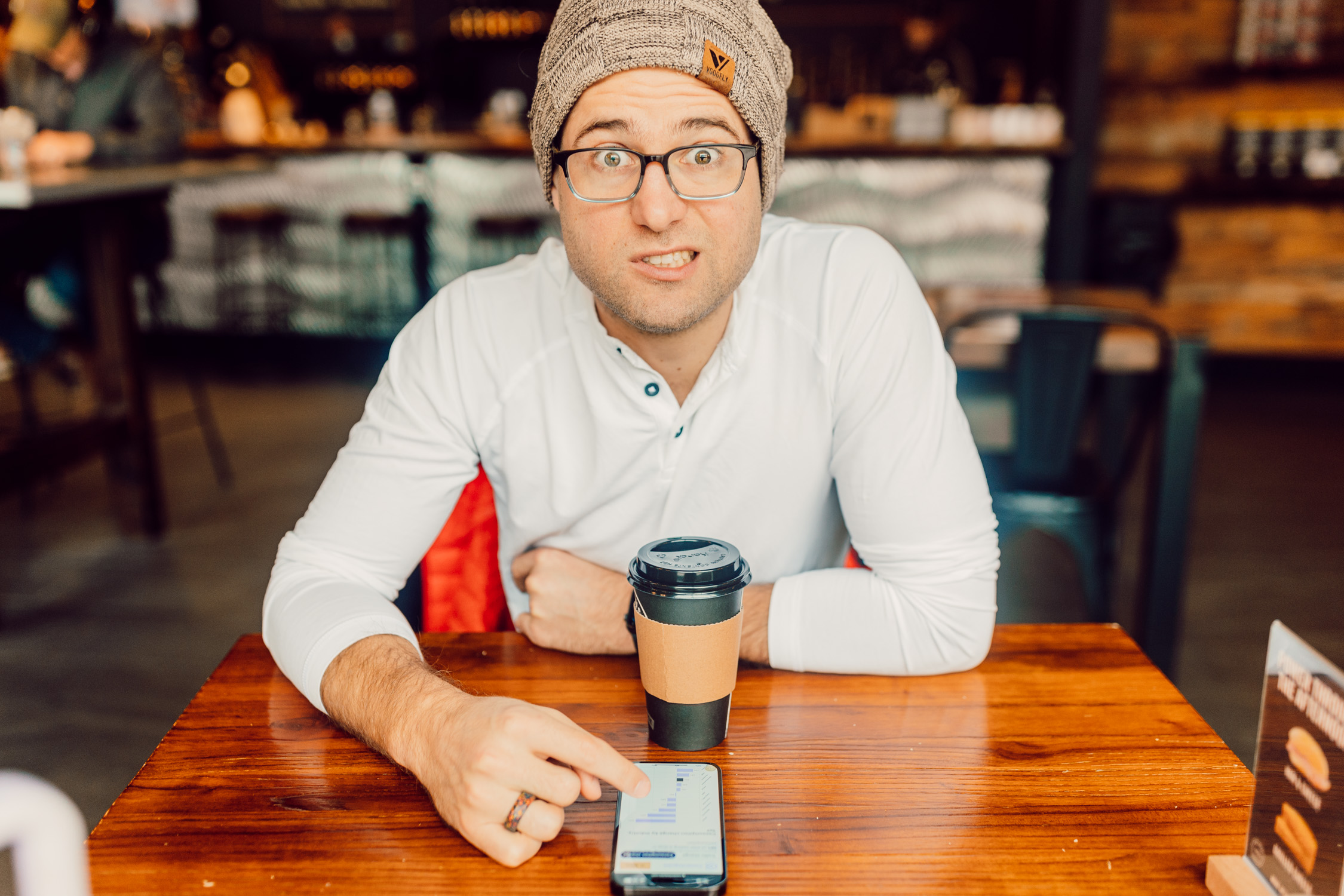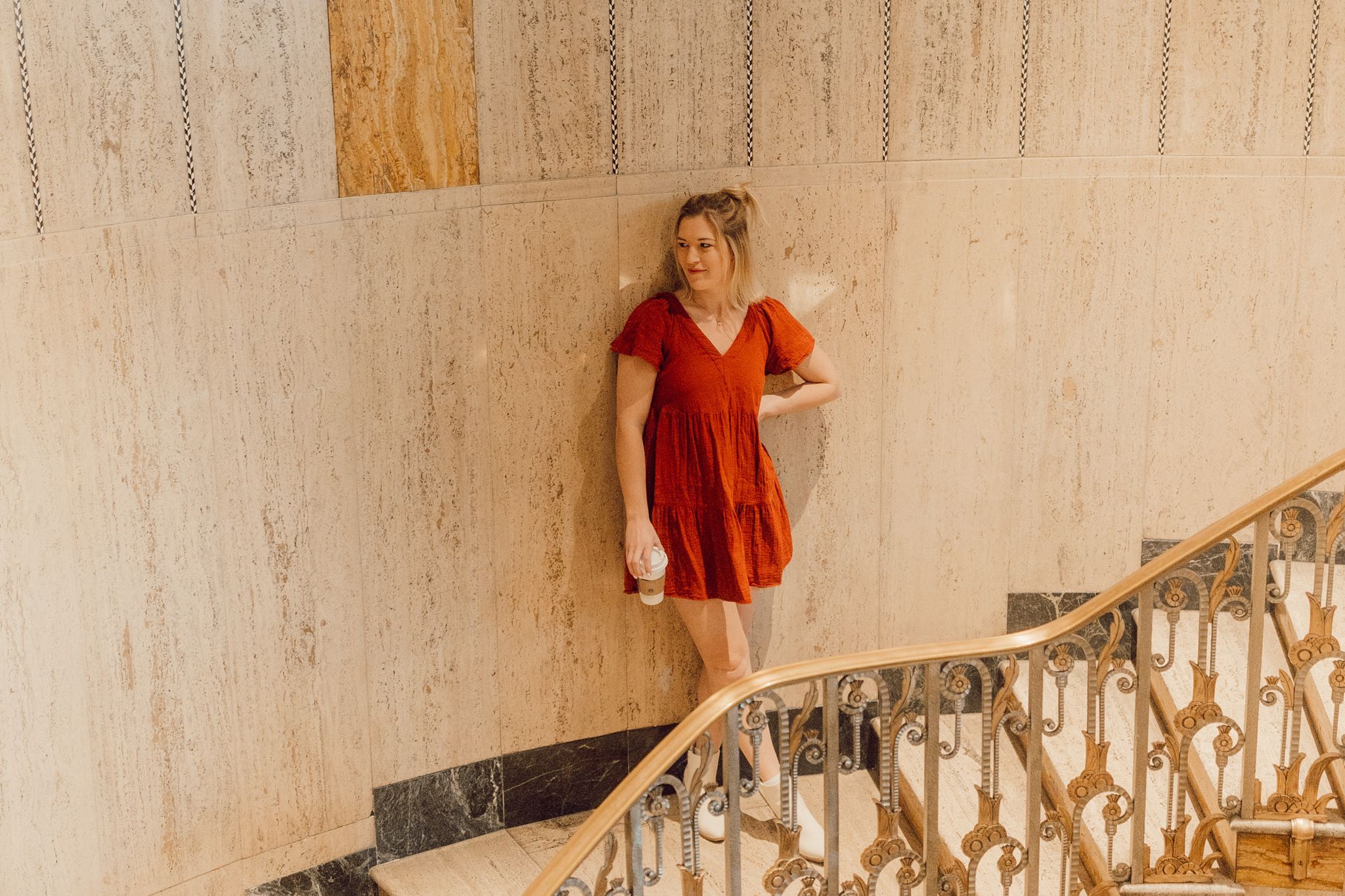By: Lyndon
For many people when you say AI they get visions of NS-5s from I, Robot, T-3000 from Terminator, or even the Matrix. They’re all very compelling visuals from Hollywood of how AI is the big bad taking over the world from a fear-based point of view. But what does AI look like in reality? It’s starting to be talked about frequently in everyday life, and it’d be interesting to see what the impact on creatives actually is.
A couple of weeks ago I watched a video by Marques Brownlee where he walked through DALLl-E 2, and his experience trialing it. DALL-E 2 is a research AI model made by OpenAI (one of Elon Musk’s many companies), designed to turn a sentence into a picture. For example, inputting “An astronaut riding a horse” returns this:
What I found even more interesting was on his Behind The Scenes channel Marques challenged their in-house Graphic Designer to create a series of images based on the same prompts they gave DALL-E 2, then have everyone blindly vote on which was better: an AI model or a human Graphic Designer. As a creative, I found it really interesting to watch, seeing how he made some pretty sweet composites (think: deer with feathers, or robot guarding computers).
This raised the question though, will a computer be able to now replace even the most creative tasks? Should we be afraid for our jobs?
Don’t worry, the simple answer here is no. But it will mean that as a creative your value and money-making skills might change a little.
What is Artificial Intelligence (AI)?
According to Wikipedia, “AI research has been defined as the field of study of intelligent agents, which refers to any system that perceives its environment and takes actions that maximize its chance of achieving its goals.”
Yea that’s a lot.. an oversimplification is basically AI is when a computer is able to do something it wasn’t specifically step-by-step programmed to do. An easier example to understand is in the autonomous car space.
With no AI, every action the car takes is specifically programmed. For example, cars that automatically apply the brakes to prevent a crash are “simply” programmed to apply the brakes whenever there is something sensed in front of the car. If you look at something like a Tesla with AI driving features, it has to perceive its environment, aka: identify that there is a person walking on the side of the road and, if they’re far enough out of the lane that you do or don’t have to slow down.
Artificial Intelligence becomes more important the more complicated you’re trying to do something, which is why as research progresses it’s able to do even more complex tasks.
Much of AI research is about providing even “smarter” tools, which is why they’ll never directly replace true creative jobs. But they will change what many people’s jobs look like as they’re able to take over more mundane tasks or simplify processes.
For example, Microsoft 365 now offers an AI Meeting Scheduler that with a simple prompt will send emails back and forth with people coordinating people’s availability to find the best time for whole teams of people to meet. This is something that often takes hours of back and forth if you have a big group of people, directly freeing up time for you to focus on other things.
How is AI being used in creative tasks?
A lot of the apps that you use every day currently have features powered by AI or are currently working on adding them. Let’s look at a few of them.
Adobe Lightroom has a number of features that use AI, one of my favorites is creating masks of subjects or the sky without having to painstakingly do it by hand. The AI has been trained to know what general shapes a subject or sky is and how to select just that. Here’s a cool tutorial on how to use it.
Grammarly has done a really good job at understanding the rules of English and coding them. The only problem is that languages are really bad at following their own rules (anyone ever counted exceptions to “I before E except after C”?). This is why as Grammarly grew they incorporated AI Machine Learning models to train on the exceptions and how people commonly use words, and grammar. This enabled them to start giving much more in-depth suggestions about my objectively subpar English skills 🤣.
Instagram is a tool that millions of people use every day. At that scale, there are many things that Instagram relies on AI to accomplish. Some of the moderation is always screened originally by a computer and then escalated to a human moderator if necessary. For example, boudoir photographers know almost exactly where the line of how much they can show before Instagram automatically blocks an image because the AI has been trained to “see” nipples and flag whenever it sees one (or two).
But Instagrams AI features aren’t all negative; if you’ve ever used a speech-to-text or filter that is specific to your face then you’ve used a type of AI to power your stories or reels.
Sooo, does it matter?
At the end of the day, AI isn’t something that you should be scared of (sorry Hollywood). It’s just a catch-all term for the next evolution of software and some hardware development. It will power more and more of the complex and helpful features.
Like all the other industries that automation and AI have affected it will create changes. Good changes, saving lots of time (and money). For example if you use masks in Lightroom a lot, you just saved time on every image by not having to manually mask your subjects anymore. If you were a photo editor that charged by the hour, this could be scary since you can’t stretch a batch of photos for nearly as long. But if you charge by the image this is a boon cause you can edit way faster.
The reason I’m so sure that AI isn’t a threat to you is because of what creativity is at its core. It’s about having a unique vision and being able to bring that vision to life. If we go back to DALL-E 2, where we started this blog on, as an AI model it is a blank screen until someone types in a prompt. Being a creative is about knowing how to come up with that prompt and being able to combine things together to tell a story, teach an idea, or entertain.
It’s going to be a long time before AI will be able to replace the true creativity that us humans have. And I’m excited to see how much less I’ll personally have to do in the future to bring my ideas to reality as AI gets more powerful and makes my life even easier.
We’d love to hear your thoughts on the topic, because I’m only just barely scratching the surface here. Post to your stories on IG with a link and tag us @JoelleElizabethAndCo (so we’ll be sure to see it). Otherwise shoot us a DM if a story post is too bold for you right now.





Comments +